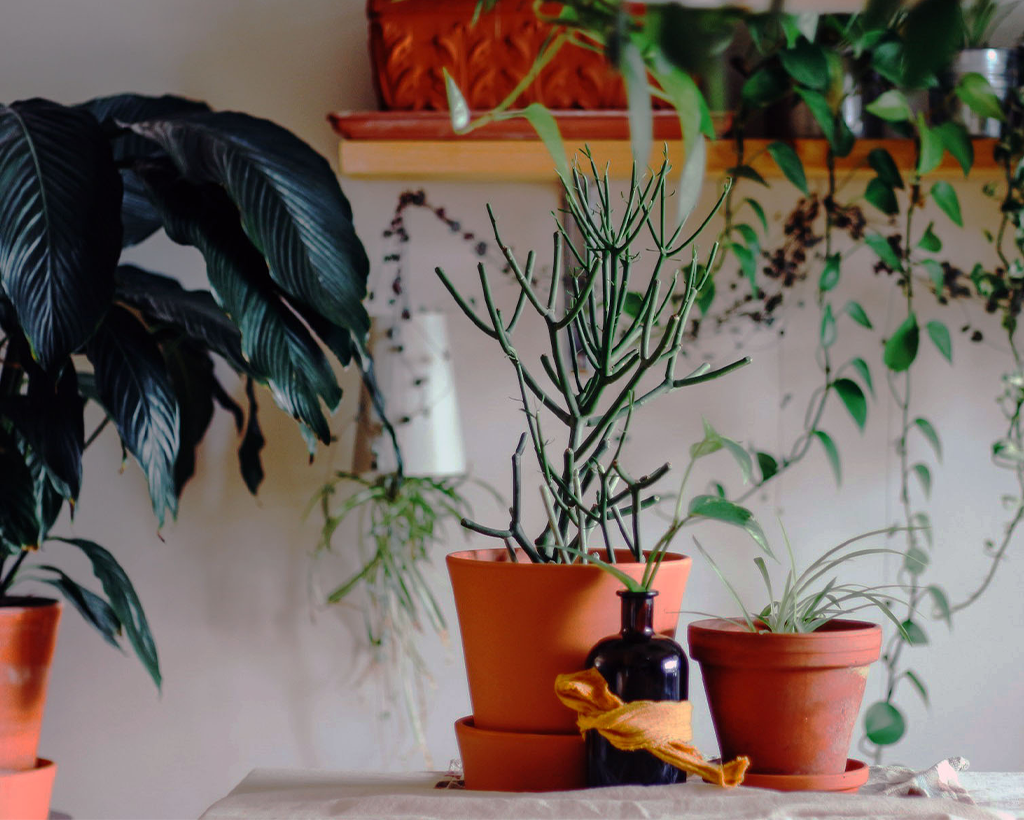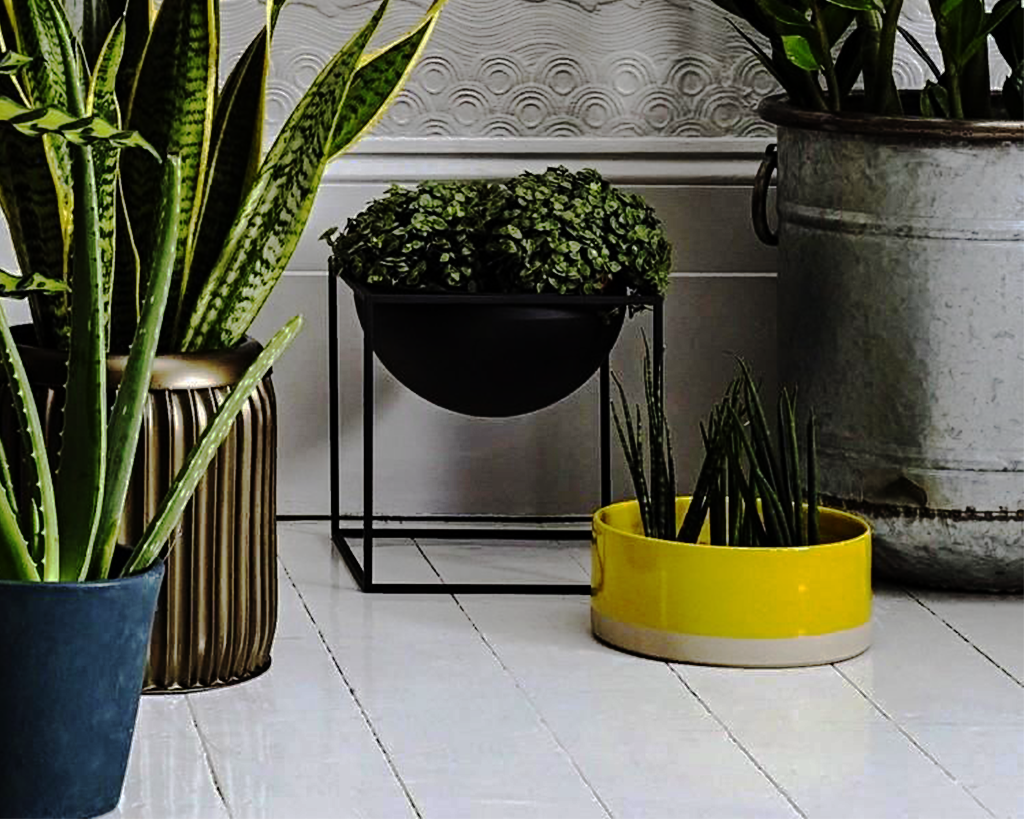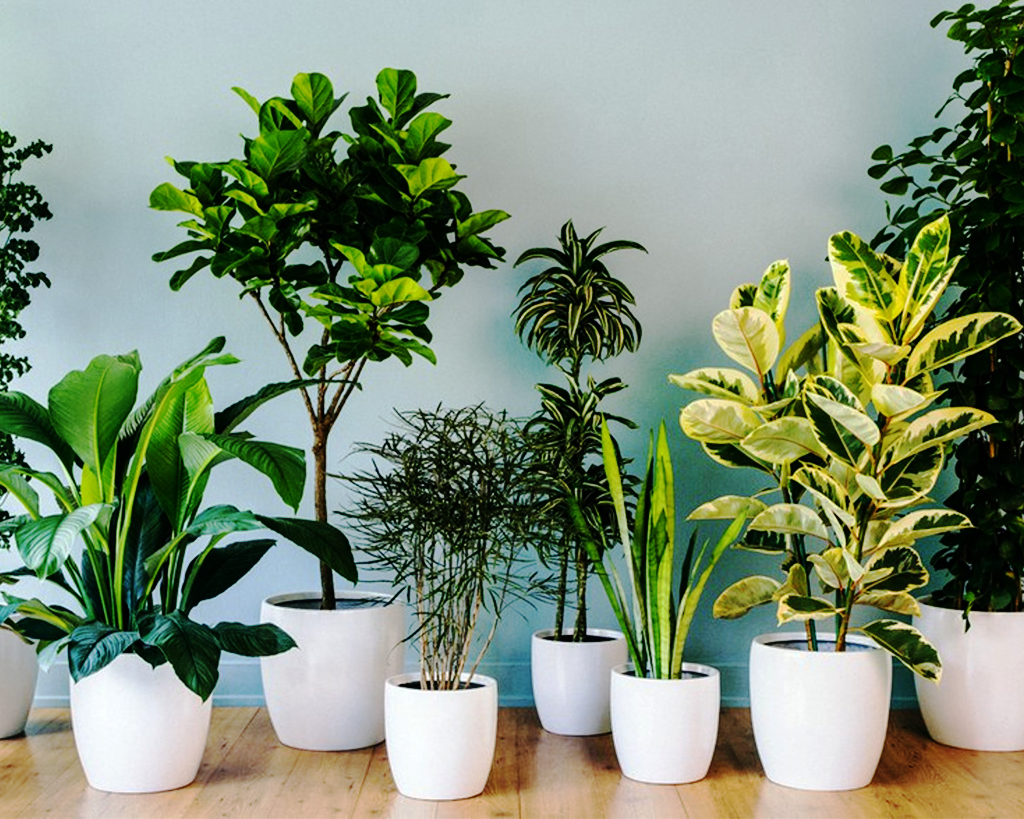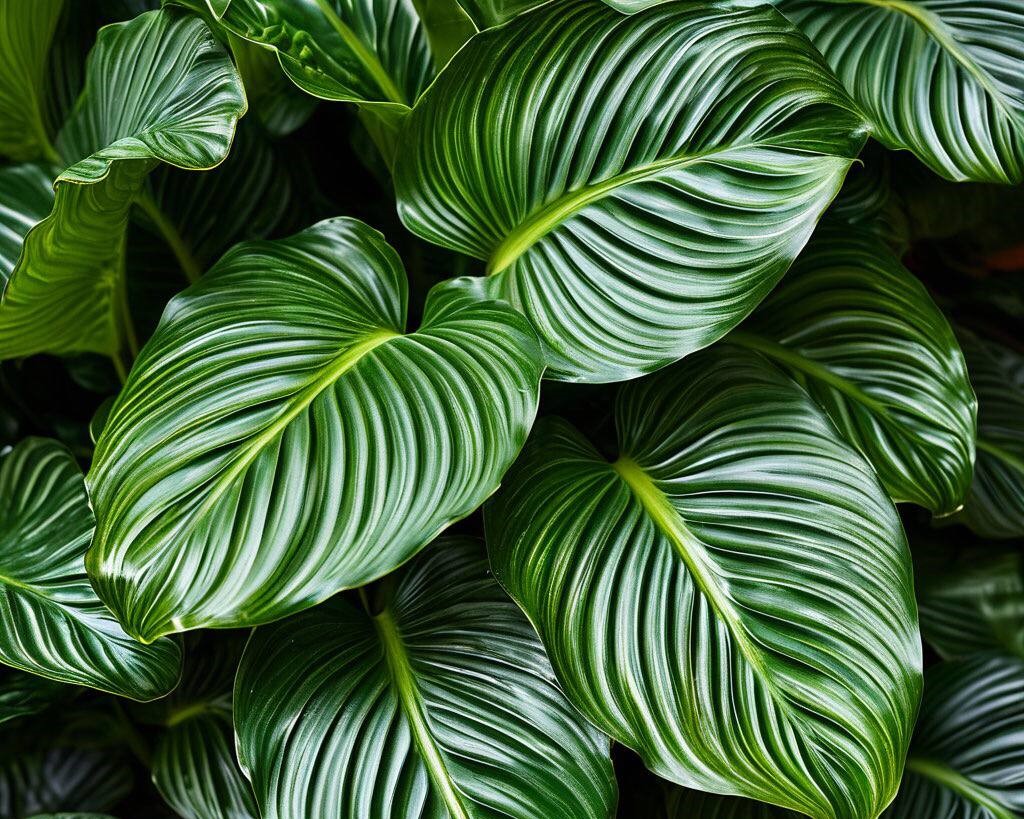Why do leaves turn yellow? Yellowing leaves in indoor plants are one of the most frequent and probably the most frightening problems faced by home flower owners. It seems that nothing has changed, you perform basic care: you water it, put it in the same place, and suddenly — the leaves start to lose their brightness, and then turn yellow. But do not panic, because there may be several reasons for this, and most of them can be influenced.
In this article, we will find out why the leaves of indoor flowers turn yellow and what to do about it so that your plants feel good and continue to please you with their appearance. At the end you can download a memo in which you’ll find a quick triage table, the most common causes of yellow leaves with checks and fixes, simple watering and light rules, and a small worksheet to track actions.

Overflow
Water is not always a good thing. One of the most common reasons why the leaves of indoor plants turn yellow is overflow. Many plants do not like it when their roots are in water for a long time. If the pot does not have drainage holes or you water the flower too often and generously, the soil can become saturated with moisture, which will lead to root rot. This, in turn, disrupts the plant’s normal metabolism, and it begins to shed its leaves.
What to do? To avoid overflowing, make sure that the pot has drainage holes and the soil is not too wet. It is best to check the soil with your finger before watering — if it is wet a couple of centimeters deep, you do not need to water it. If the leaves turn yellow and the ground in the pot is constantly wet, it may be worth transplanting the plant to a new pot with good drainage and changing the ground.
Lack or excess of light
Some plants are very sensitive to light. For example, ficus Benjamin, kalanchoe or spathiphyllum do not like direct sunlight, but even in the shade their leaves begin to turn yellow. If the plant receives too much sunlight, its leaves can burn and turn yellow, and if there is too little light, the leaves lose their color and become faded.
What to do? Choose a suitable place for the plant. Most indoor flowers prefer bright but diffused light. If you have direct sunlight on the window, it is better to use curtains or put the plant a little away from the window so that the light is soft and does not overheat the leaves. If there is not enough light, try using the phytolamps that can be found in flower shops.
Lack of nutrition (lack of fertilizers)
Plants need not only light and water, but also nutrients. If you do not feed the flowers, especially during the period of active growth, they may begin to suffer from a lack of necessary trace elements, and the first sign of this will be yellowing of the leaves. This is especially true for plants during spring and summer, when they are actively growing and require additional nutrition.
What to do? Feed the plants with special fertilizers for indoor flowers, following the recommendations on the package. Fertilizers are usually added to water for irrigation every two to three weeks during the active growth season, from spring to autumn. It is important not to overdo it — an excess of fertilizers can also cause problems with the plant, including yellow leaves.

Why do leaves turn yellow? Possible root problems or pests
If your plant is constantly sick or poorly developed, it may be caused by root damage. This can happen due to excessive watering, due to the fact that the roots are too tightly intertwined in the pot (the root system ‘outgrows’ the pot), or due to the presence of pests. For example, spider mites or aphids can eat the leaves, and they begin to turn yellow. Pests can also cause yellowing due to the fact that they suck the sap out of the plant.
What to do? If you suspect that the plant’s roots are damaged or the plants are being attacked by pests, carefully remove the flower from the pot and inspect the roots. If they are dark or rotten, they should be pruned, and the plant itself should be transplanted into fresh soil. Pests can be removed with insecticides or folk remedies, such as a soap solution or garlic infusion. Regularly inspect the leaves for small dots or cobwebs — this can be the first signal of pests.
Temperature changes and drafts
Sudden changes in temperature or the presence of a plant in a draughty area can also cause yellowing of the leaves. Indoor plants do not like it when the temperature changes dramatically, and their leaves are exposed to cold air currents.
What to do? Try not to place flowers near cold sources (for example, near open windows in winter or near air conditioners). Also, avoid places with frequent temperature fluctuations, such as near batteries or hot appliances. For plants, the optimal temperature is from 18 to 25 degrees Celsius.
Plant age
Sometimes the leaves start to turn yellow and fall off simply because the plant is aging. This is normal, especially for those flowers whose leaves die off as new ones grow. Old leaves may turn yellow and fall off to make way for new ones.
What to do? In such cases, you should not worry. Simply remove the yellowed leaves and continue to care for the plant as usual.
Yellowing leaves in indoor plants are not always a disaster, and most often the problem can be solved if the cause is identified. All you need to do is maintain a balance of irrigation, light, fertilizer, and pest control. Plants are living things, and in order for them to grow healthy and beautiful, you need to show them care and attention. Following simple recommendations, you can eliminate the causes of yellowing and restore your plant to its former appearance and health.
Prefer offline? The memo is ready to download — CD Yellow Leaves Troubleshooting Memo — Landscape (PDF)




